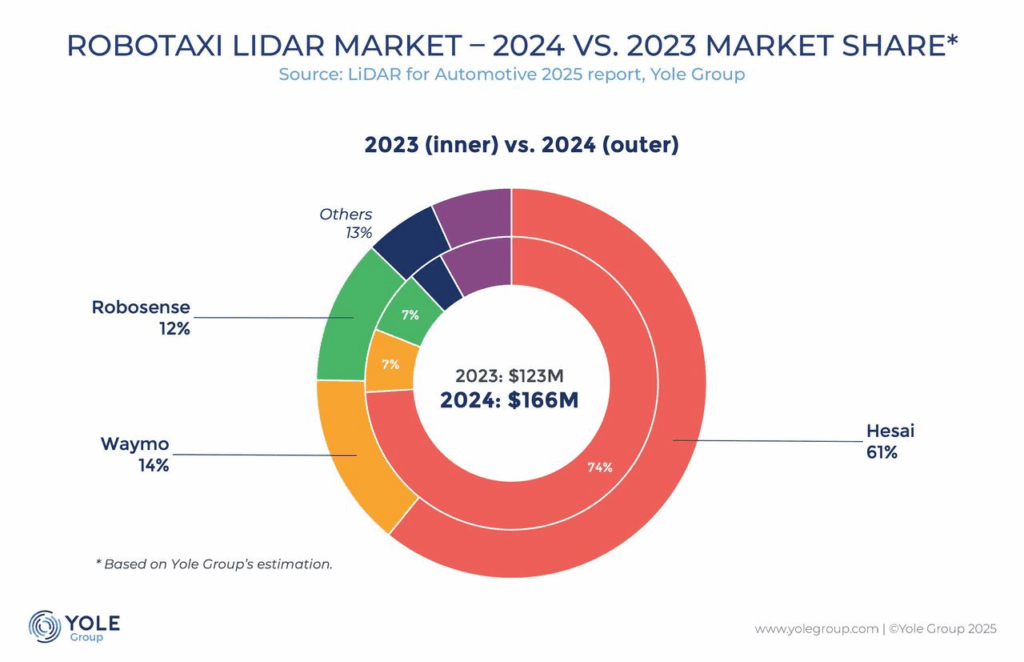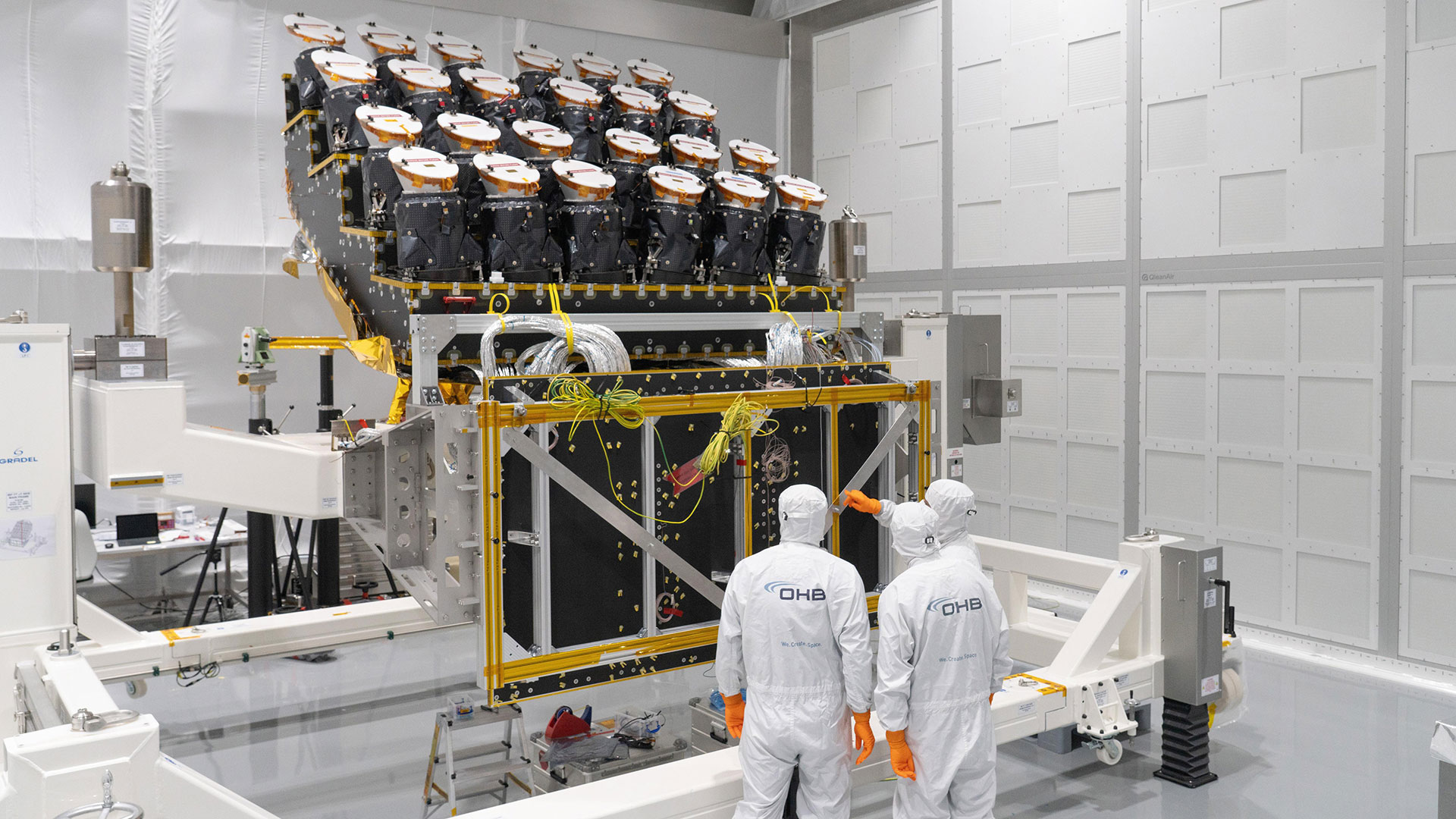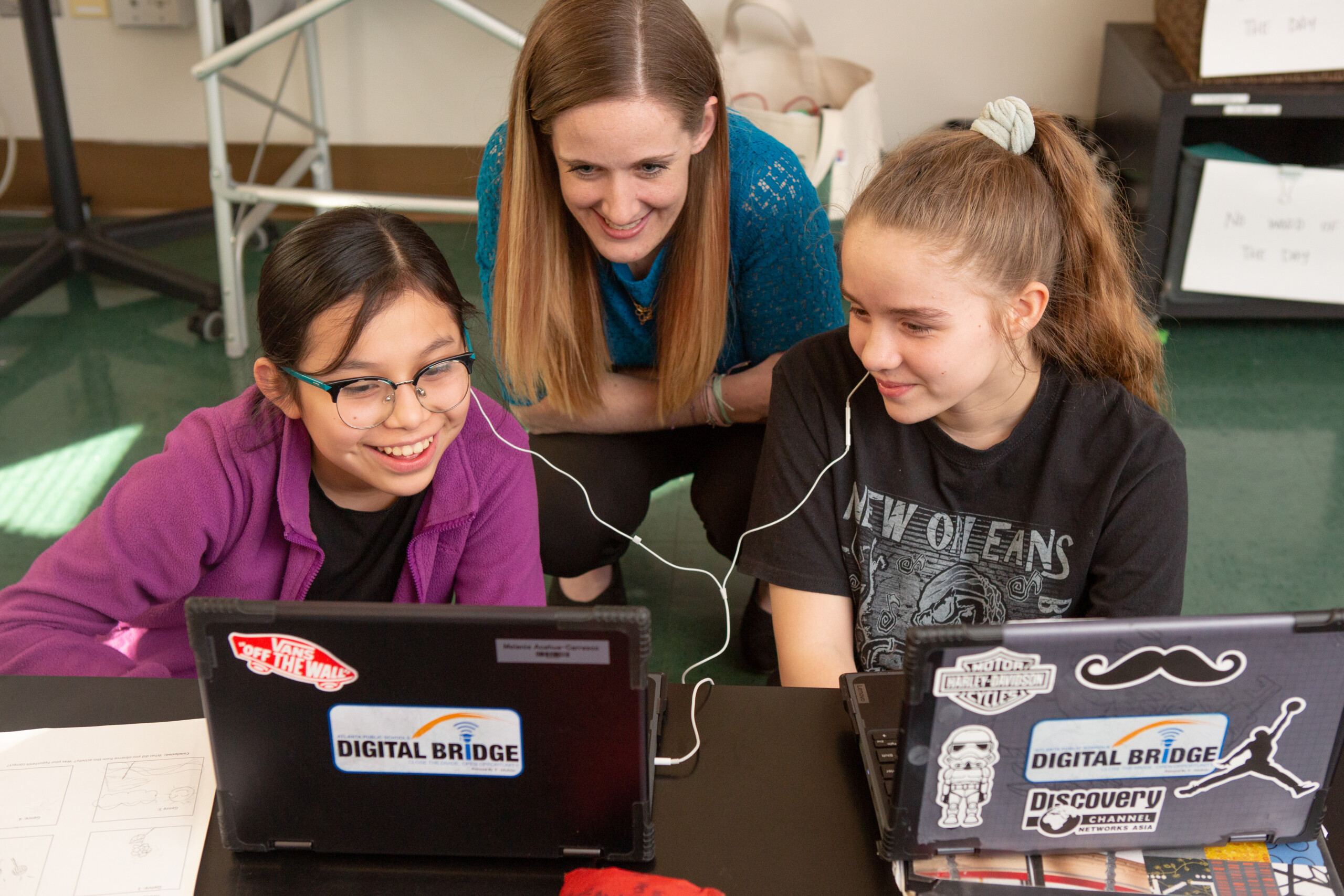Harnessing Cross-Cutting Career Clusters to Prepare Learners for the Future of Work
Preparing learners with cross-cutting career clusters enhances interdisciplinary skills for future work demands. The post Harnessing Cross-Cutting Career Clusters to Prepare Learners for the Future of Work appeared first on Getting Smart.
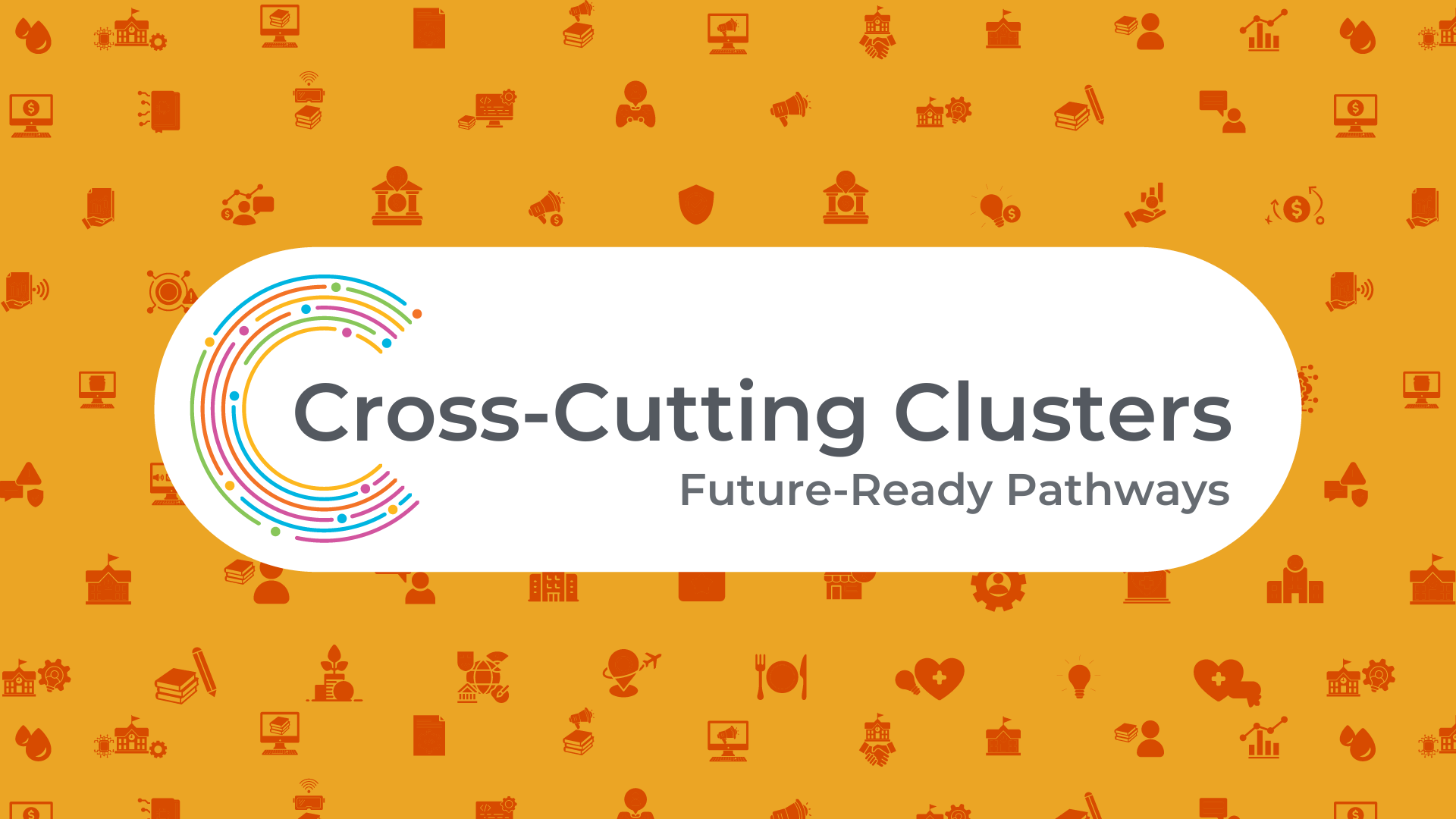
By: Mason Pashia and Stacy Whitehouse
As the demands of the workforce evolve, so too must the ways we prepare learners. Today’s careers are increasingly complex, multidimensional, and interdisciplinary; however, our pathways remain static and siloed. The future of work will be unlikely combinations of skills and sectors. For example, a student in a construction pathway may participate in projects that combine their passion for environmental science and graphic design along with their construction courses. Success in this dynamic landscape requires a robust foundation of adaptable skills, a lifelong learning mindset, and technical expertise that spans traditional career pathways.
The good news is that there are already up-to-date, foundational structures in place to support learners in this dynamic skills landscape. One of those tools is Advance CTE’s National Career Clusters® Framework, used by career-focused programs nationwide to identify and sequence industry-aligned skill-building based on 14 Career Clusters organized by industry sector.
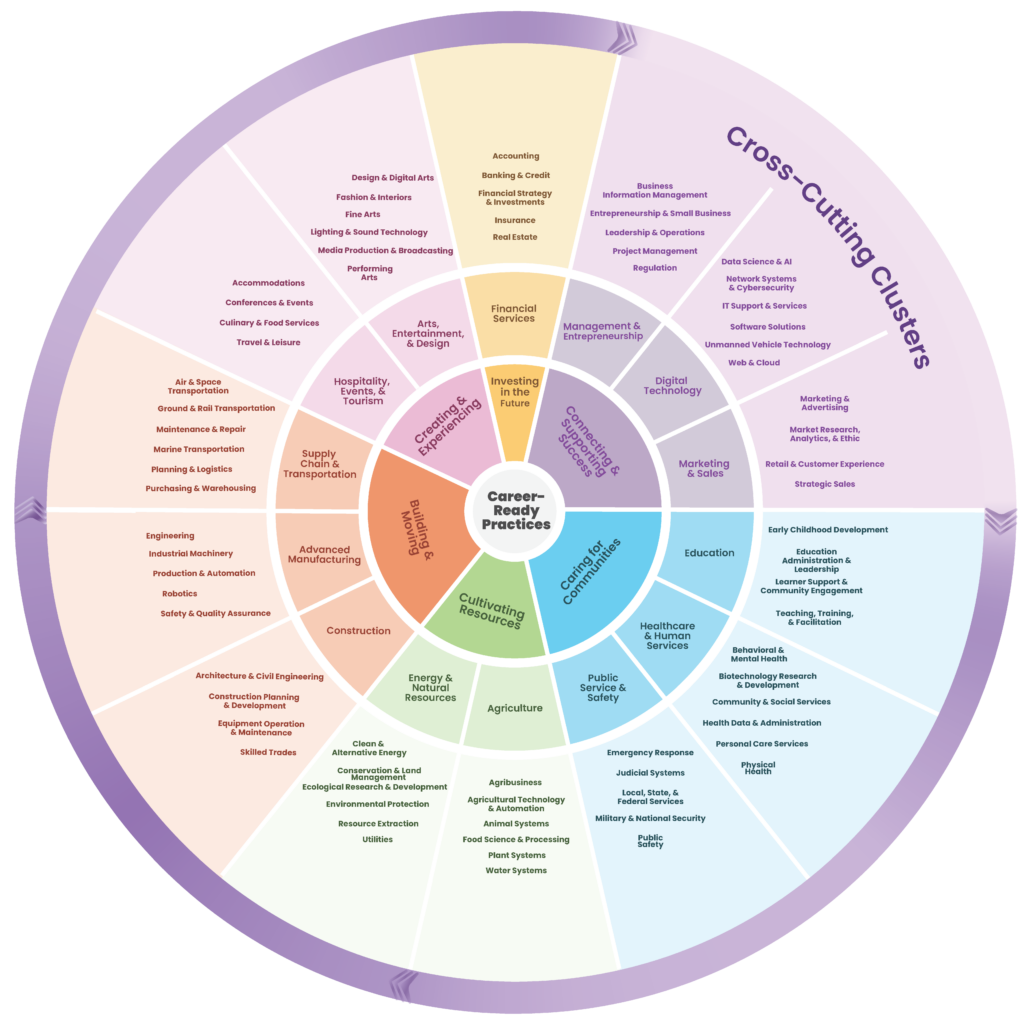
The newly modernized Framework introduces a forward-thinking approach: Cross-Cutting Clusters. These Clusters—Digital Technology, Management & Entrepreneurship, and Marketing & Sales—highlight essential functions and transferable skills that are distinct to their industry sector, but also foundational to success across all industries. By integrating these Clusters across Career and Technical Education (CTE) and career pathways, education leaders can better meet the needs of learners, industry, and communities. These are able to augment your pre-existing CTE and workforce programs in the following ways:
- Encouraging Innovation and Engagement: Cross-Cutting Clusters enable students to explore both current and emerging career interests through exposure to local, national and global workforce needs. In the process, they are able to get a better idea of what they like and what they don’t like, as well as their aptitudes and further curiosities.
- Personalizing Career Pathways: By integrating content from one or more Cross-Cutting Clusters into a CTE program or connected experience, learners can contribute to multiple facets of an industry in ways that align with their own career goals. For instance, a student in a program connected to the Hospitality, Events, & Tourism Career Cluster might enhance guest experiences through digital tools, while another focuses on social media campaigns for promotion. This integration can extend beyond course content to work-based learning, Career Technical Student Organization experiences, and early postsecondary opportunities such as dual enrollment.
- Expanding Skill-Building Access: Incorporating content from one or more of these Clusters ensures learners gain versatile skills, even in communities with limited CTE programs. For example, an employee in a grain processing company might both manage marketing efforts and handle operational logistics, showcasing the versatility of cross-cutting skills.
- Supporting Economic Growth: Equipping learners with interdisciplinary skills fosters local economic development, especially in small businesses, rural areas, and entrepreneurial ventures. In addition, it can provide more flexibility for industry partners who do not feel they fit neatly into one Career Cluster and want to support programs that are more interdisciplinary in nature, such as Industry 4.0 or public health.
Cross-Cutting Career Clusters are vital because they emphasize interdisciplinary learning and skill-building that is applicable to every industry, while also representing the future direction of the economy.
Digital Technology Cluster
The need for professionals skilled in emerging technologies, including artificial intelligence, app development, and robotics, is universal. Whether it’s configuring autonomous vehicles for agriculture or implementing cybersecurity measures in healthcare, the integration of digital tools drives innovation and organizational success.
At St. Vrain’s Innovation Center (IC) in St. Vrain, Colorado, students are merging Digital Technology and Agriculture to learn about flying and operating drone technology, with an eye to using them for watering and tending crops. Jake Marshall, who leads the aerospace and aeronautics program at IC, said, “Students will be able to obtain a professional drone pilot license from the FAA”.
Prizes and challenges are a great way for students to use cross-cluster skill sets. We spoke with Educator Jack Prater and Student Sabrina Zhang, who participated in the Earth Prize using impressive drone technology to monitor plant health through AI.
Management & Entrepreneurship
Operational efficiency, project management, and leadership are critical across all industries. Entrepreneurial skills foster innovation and adaptability, whether learners are managing a small business or scaling a tech startup.
Elk Grove High is one of six comprehensive high schools in District 214. It serves about 2000 students. It was one of the first high schools to add an INCubatoredu entrepreneurship class, which is a two-year program that “offer[s] an authentic entrepreneurship experience as students develop their own product or service startup.” On a school visit, we observed a student team working on a sports performance app targeted at student-athletes. They described the extensive effort behind opportunity recognition (i.e., finding a problem worth solving) and the agility needed to make late pivots to improve product-market fit.
Marketing & Sales
Marketing is essential for communicating value, engaging consumers, and driving growth. From promoting agricultural equipment to developing health campaigns, professionals need both marketing expertise and contextual knowledge to succeed.
One Stone in Boise, Idaho, has a marketing and sales program centered on student-driven projects that emphasize design thinking, innovation, and entrepreneurship. Students collaborate on real-world challenges, developing marketing strategies and sales pitches that reflect current industry trends. Through their Two Birds after-school program, One Stone runs a marketing and media business out of the school in partnership with local media companies. This real-world work results in high quality learning opportunities for the participating learners.
Call to Action for Education Leaders
Education leaders have a unique opportunity to integrate Cross-Cutting Career Clusters across secondary and postsecondary programs. This requires collaboration across sectors and across state, regional and local systems to break down silos and design interdisciplinary programs of study. Below is a set of visuals that describe possible Cross Cluster projects with relevant current and emerging careers.
To begin:
- Introduce capstone or contextualized courses that focus on digital technology, entrepreneurship, or marketing within traditional pathways.
- Partner interdisciplinarily with other educators to form creative projects that connect multiple Clusters.
- Partner with local industries to align programs with workforce demands.
- Advocate for policy changes that support interdisciplinary and personalized program design and educator credentialing.
The future of work demands that we think differently about career education. By embedding Cross-Cutting Career Clusters into every pathway, we can prepare learners to innovate, adapt, and excel in any field they choose.
Together, let’s leverage this Framework to empower the next generation of learners and leaders.
Visit Advance CTE’s website for additional Framework resources and learn more about interdisciplinary features in the Framework.
Stacy Whitehouse is the Associate Director, Communications. She develops and executes a communications strategy to effectively communicate Advance CTE’s initiatives and the work of its members. Stacy also leads a state cohort on innovation and expansion of state CTE recruitment and communication systems, and implements outreach and professional development to support state leaders in their efforts to advance Advance CTE’s mission, vision and priorities.
The post Harnessing Cross-Cutting Career Clusters to Prepare Learners for the Future of Work appeared first on Getting Smart.

















_Sergey_Tarasov_Alamy.jpg?width=1280&auto=webp&quality=80&disable=upscale#)





